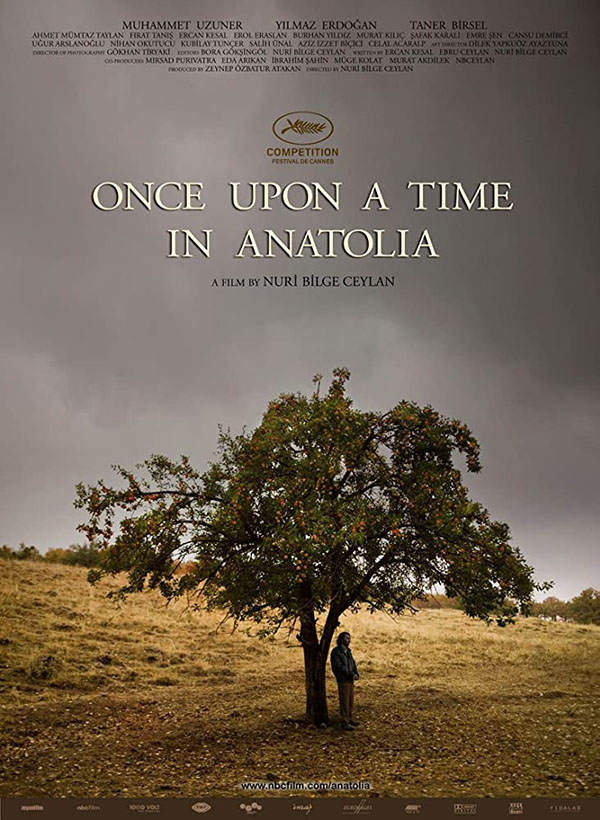Falsetto by Sarah Hennies
Composer Sarah Hennies performs the piece Falsetto, a 30-minute movement of cumulatively applied patterns that highlight the nuance of balancing layered structures. In an interview, she mentions “…falsetto is one of the ways in which assigned-male-at-birth people can artificially raise the pitch of their voice, but…speaking in a falsetto voice as someone who is born with a lower voice does not make you sound conventionally female. It’s the same spirit of this piece, that you are doing something that you just can’t do.”
Frederick Sommer
Fredrick Sommer was not just a photographer, his hydra-like approach to working breached writing, music, and drawing. He was a teacher of Emmet Gowin, and current inspiration to Mark McKnight, whose work I love. Sommer is the creator of the document, The Poetic Logic of Art and Aesthetics, that on the surface seems quite simple. However, I find myself having read each page 20 times, rearranging my thoughts about possible interpretations constantly.
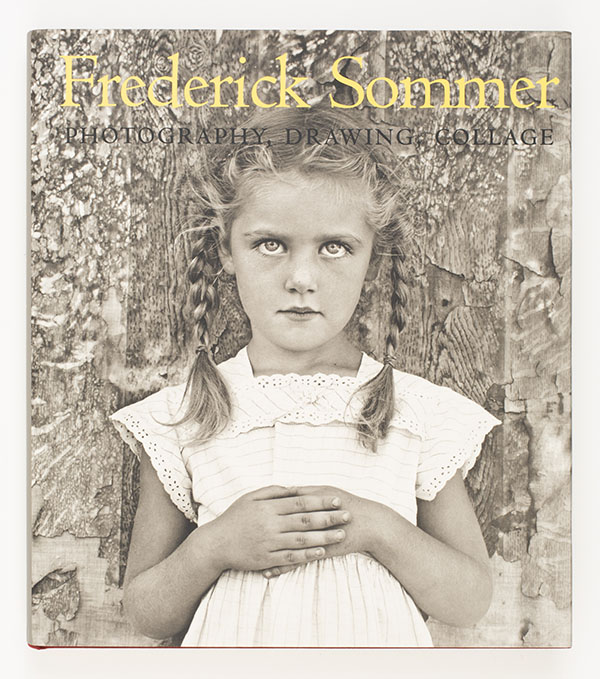
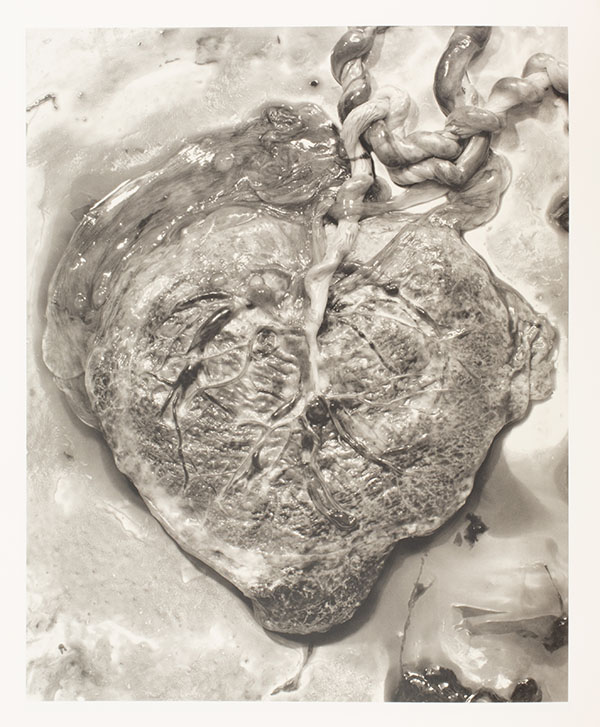
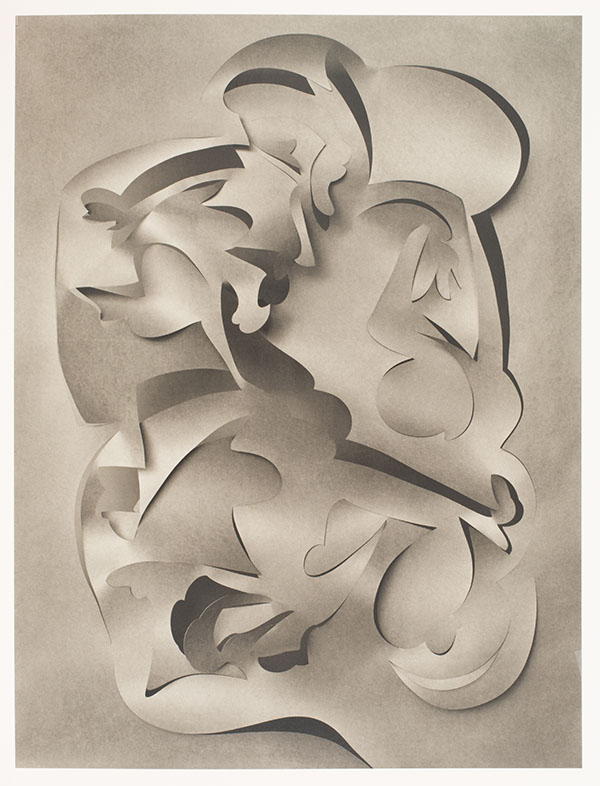
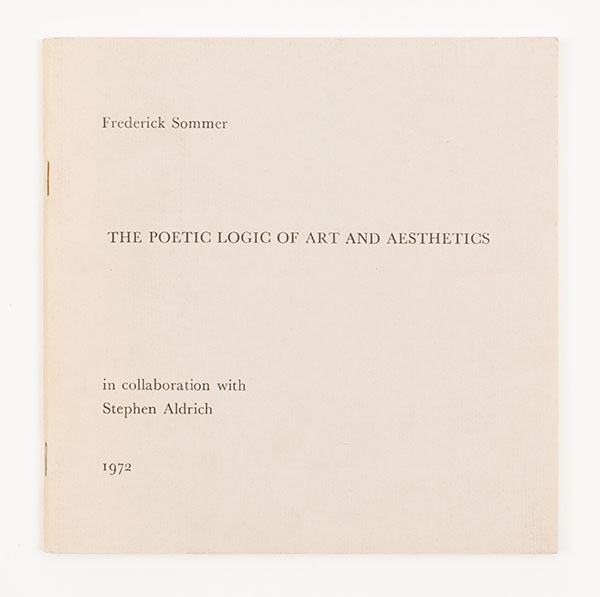
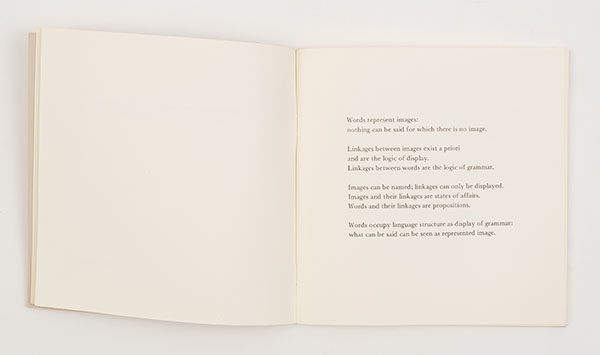
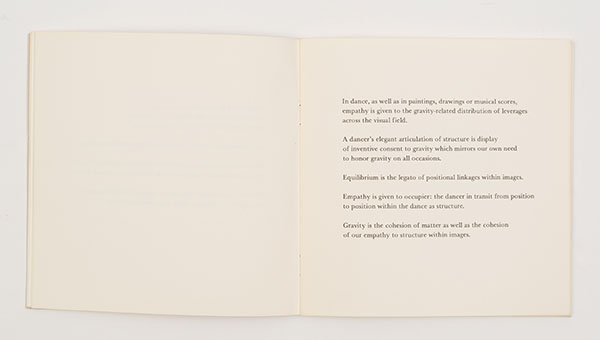
Minnie Evans
Evans had such a gifted use of symmetry and rich visual vocabulary. This 1993 catalogue by East Carolina University contains a drawing titled My Very First. It’s utterly incredible.
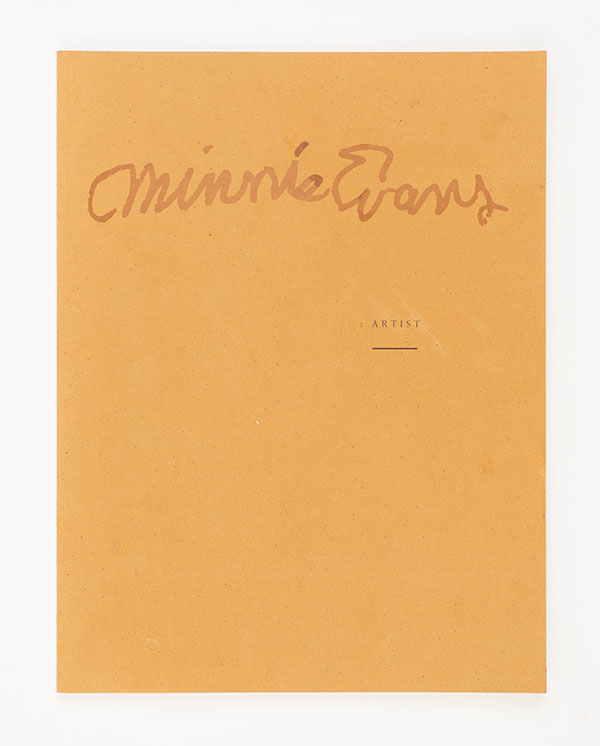
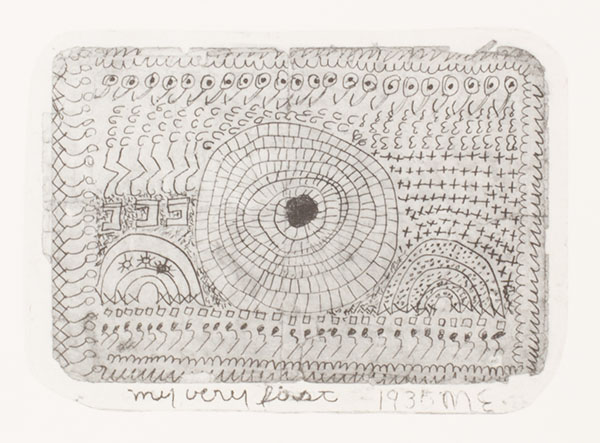
JCA Annual 5
During the beginning of the lockdown, I received this annual made by the Japanese Creators Association that contains hundreds of works by the world’s illustrators from the year 1984. The imagery is often ridiculous, but the analog quality of image creation, or lack of computer-generated imagery, is refreshing. Heavy on the airbrushing, it includes many famous illustrators, such as Ichiro Tsuruta, and lesser knowns from around the world. Here are a few images I loved by Andreas Demetriou (Greece), Ichiro Tsuruta (Japan), Seiichi Hayashi (Japan), Han Kardinata (Indonesia), and Trevor Ruth (Australia).
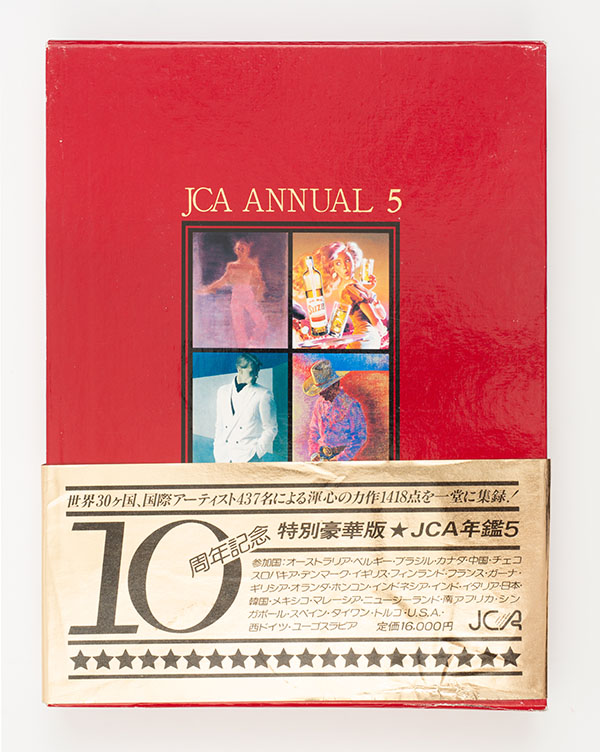
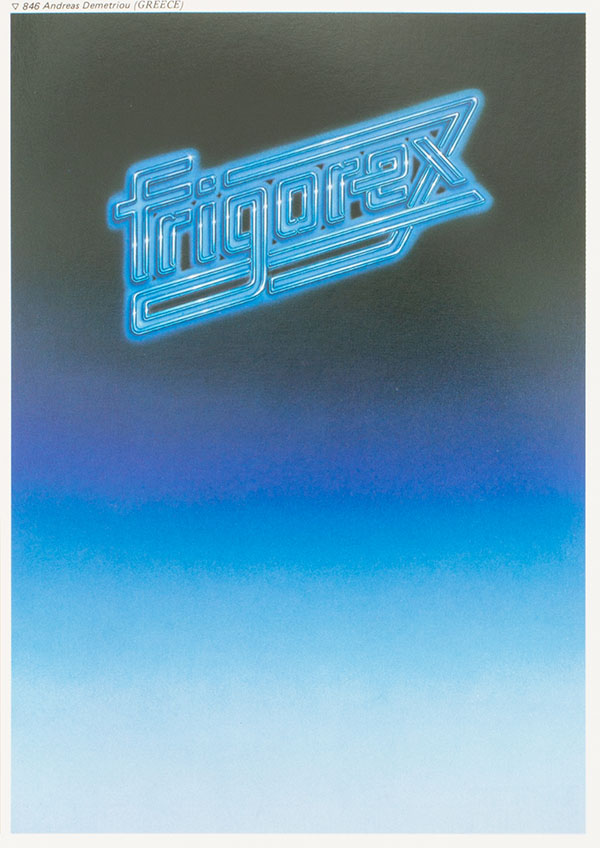
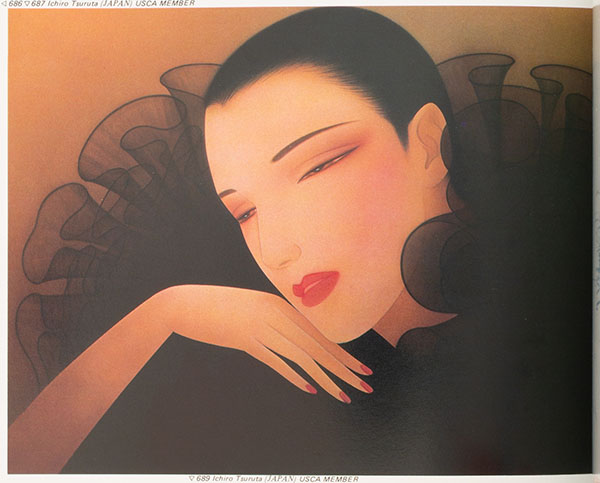
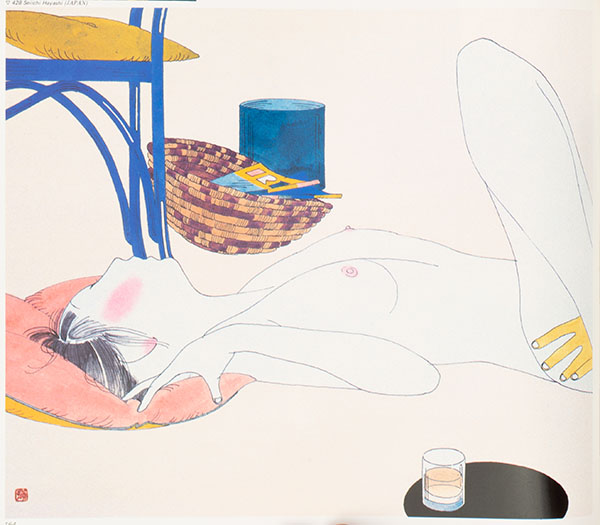
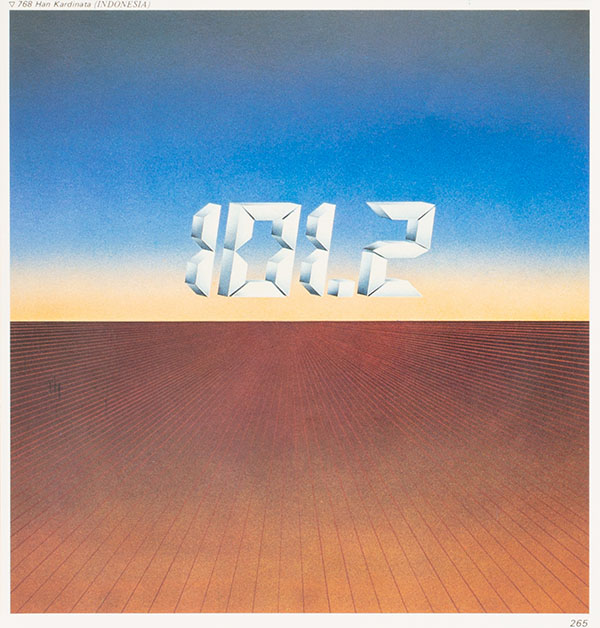
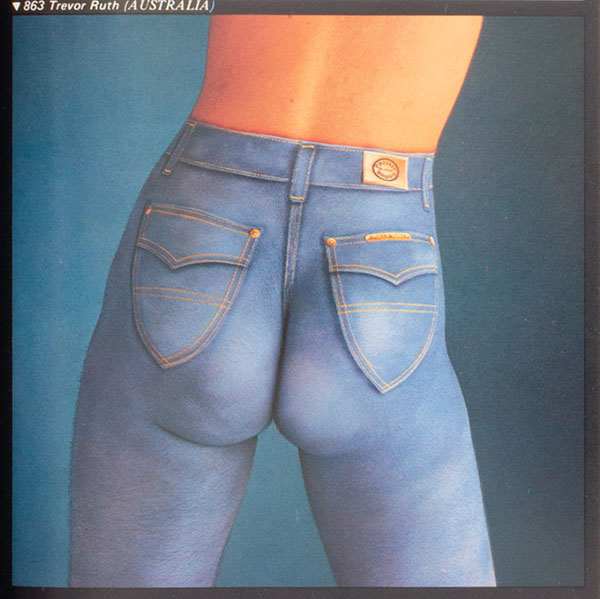
Cornopean Designs
Some of the best sculptures ever made—brass instruments in the shape of a Sultan’s signature—are in this search query from the National Music Museum website.
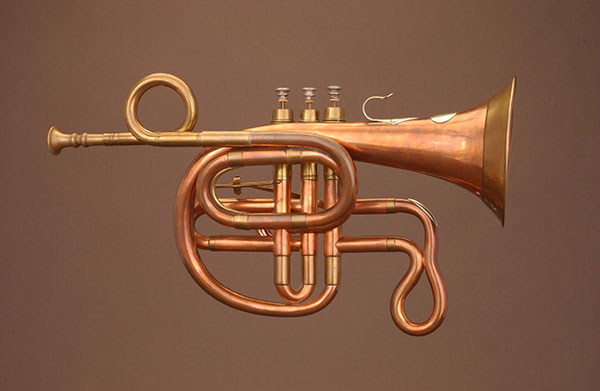
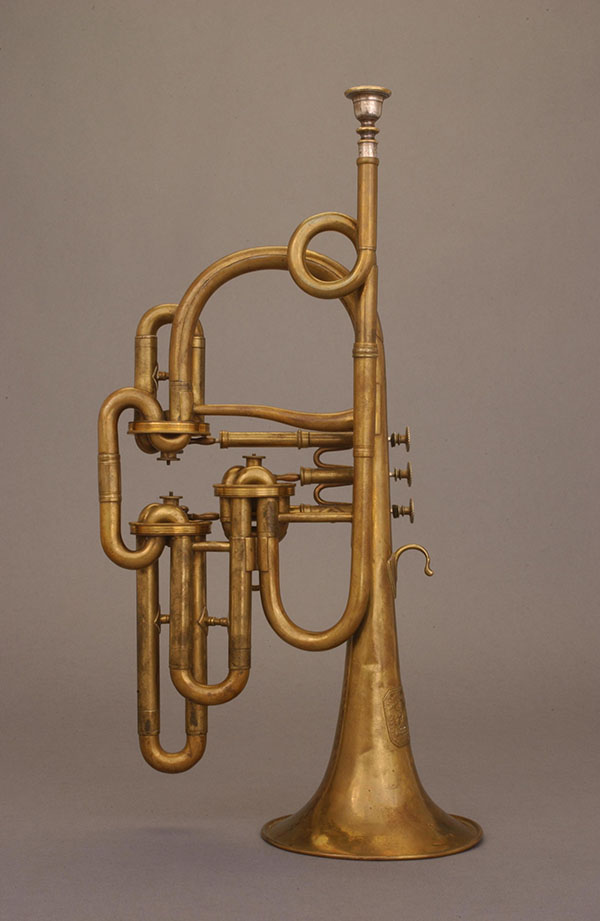
Notes from the Woodshed by Jack Whitten
This book is a pleasure to read. The battle of creation is captured by Whitten in this studio log from the 60’s up to the near present. I read it nonlinearly. He’s always searching, and the suspense of him restating the horizon that he’s reaching for is science.
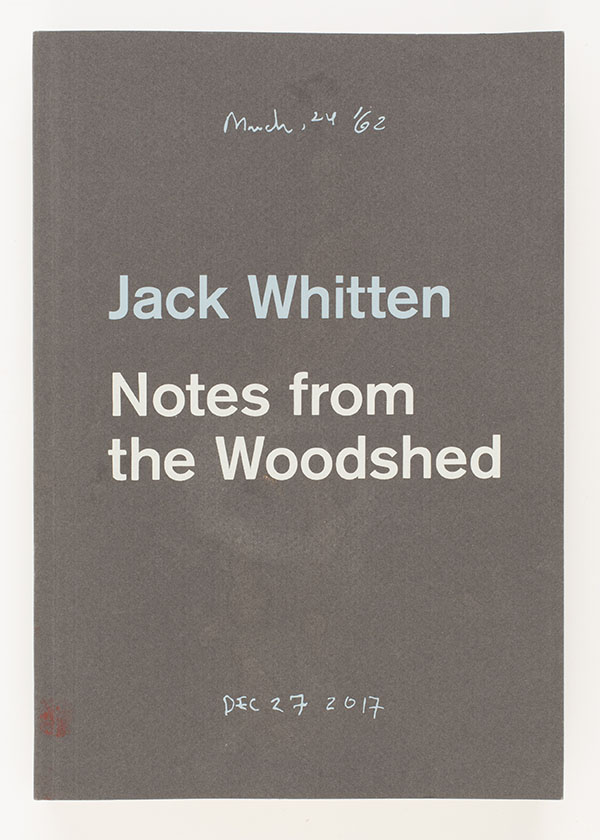
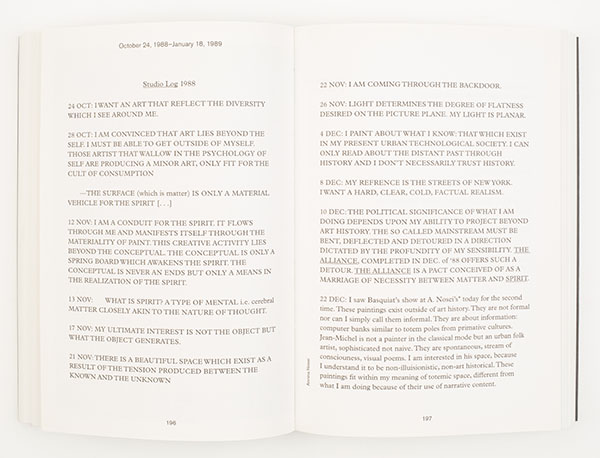
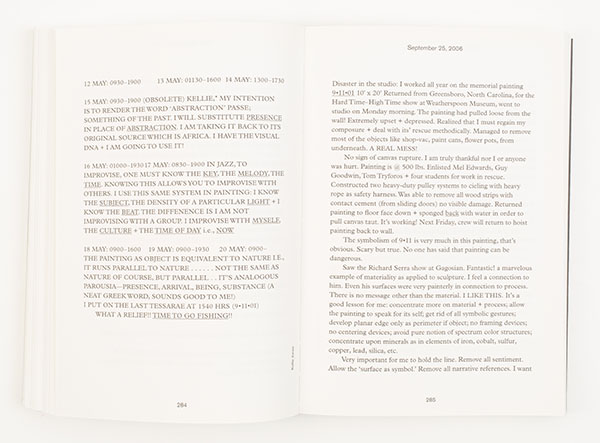
When the Drummers Were Women: A Spiritual History of Rhythm by Layne Redmond
I saw an excerpt of this book on Tumblr and was hooked. It’s not the academic golden standard for the history of goddesses, but its voice has enthusiasm and urgency. It is highly illustrated and makes you long for pre-Abrahamic spirituality, when goddesses were in charge. Redmond was a percussionist and much of this book focused on the role of rhythm in spirituality, a synchronization of mind and body. She often turns inside out ideas about the source of ancestral imagery and societal structure, showing that women occupied the central roles. Quite refreshing. The book flashes through ideas at a breakneck pace. Each page is in itself fodder for an hour, or just a fleeting moment until her next offering.
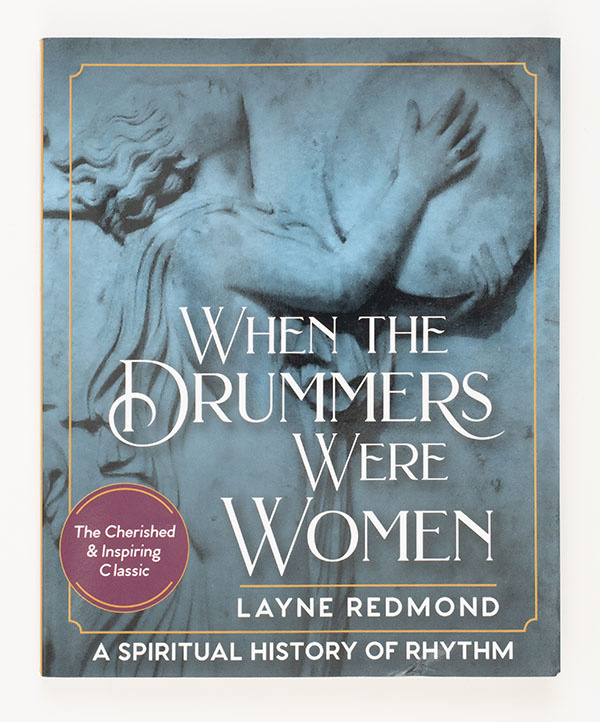
Le Quattro Volte, 2017 by Michelangelo Frammartino
An extremely slow-burning film. Hardly a word of dialog. Beautifully shot in Calabria, Italy. It shows us loosely four narratives that follow the transformations of a human, an animal, a plant, and a mineral. It is riveting, suspenseful, and emotional, for something that changes very slowly.
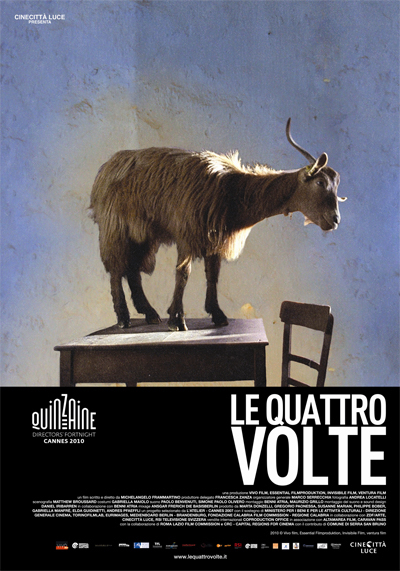
Dagobert Peche
A young and vibrant member of the Wiener Werkstätte, the co-director starting in 1917, and according to Josef Hoffmann, “the greatest ornamental genius Austria has produced since the Baroque…”. His fanciful style contrasts with Hoffmann and Koloman Moser, who also makes me faint. The Wiener Werkstätte happened to be an enigmatic moment in early 20th century history where the meshing of artist, artisan, and client was at its pinnacle. I’ve tried to absorb all its artists and the ones that came before it in the Vienna Secession. Peche was the most eccentric and died fairly young. He disavowed his work for the Werkstätte in the end, and really just wanted to be a painter. Sadly, we never got a chance to see these works as he was mowed down by tuberculosis complications.
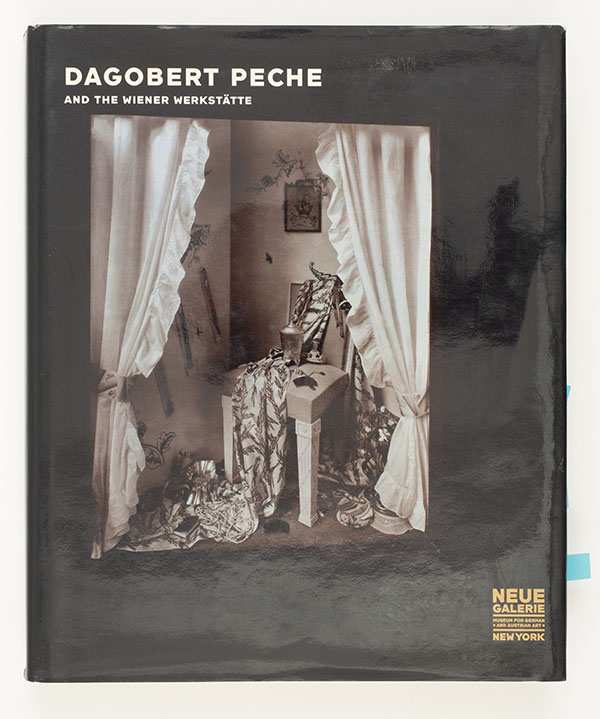
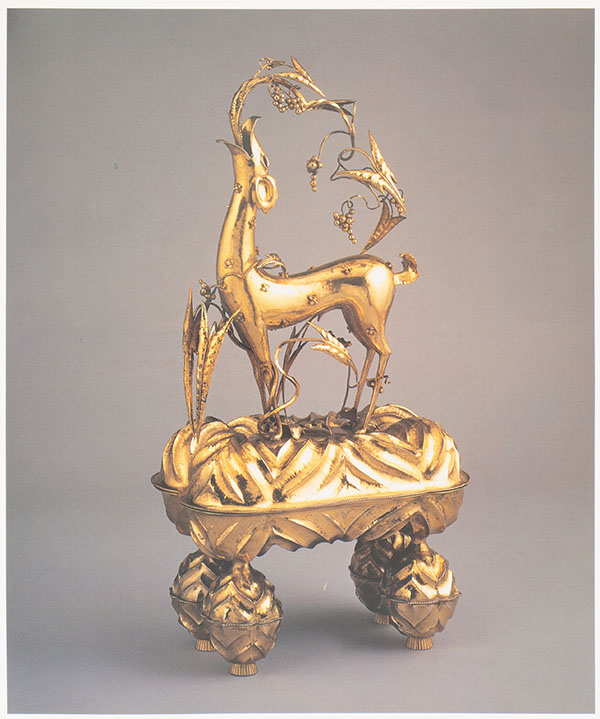
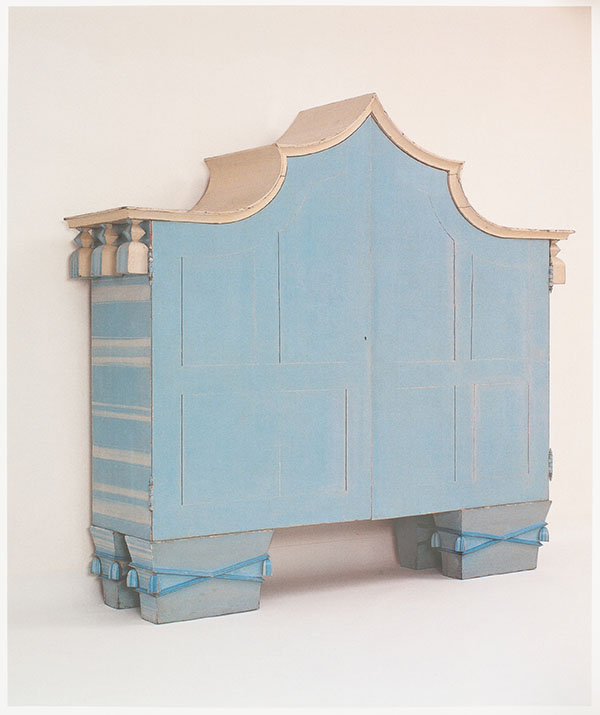
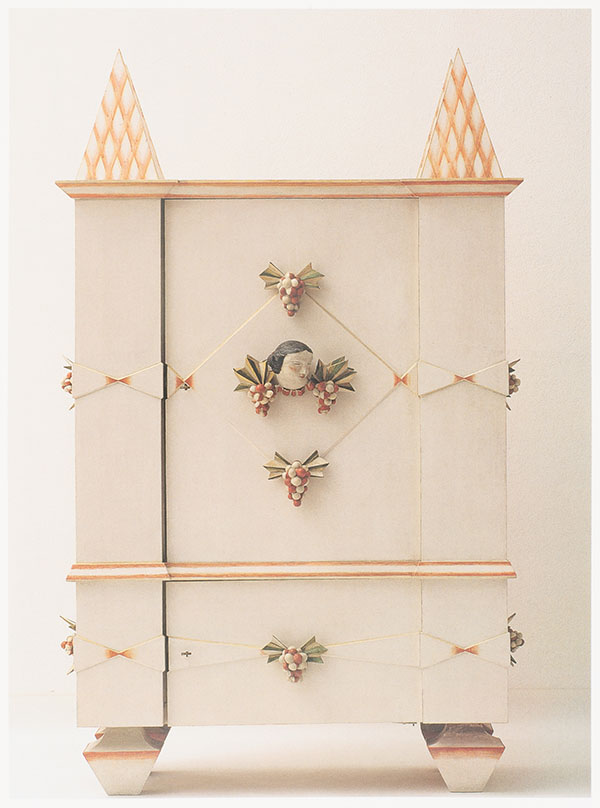
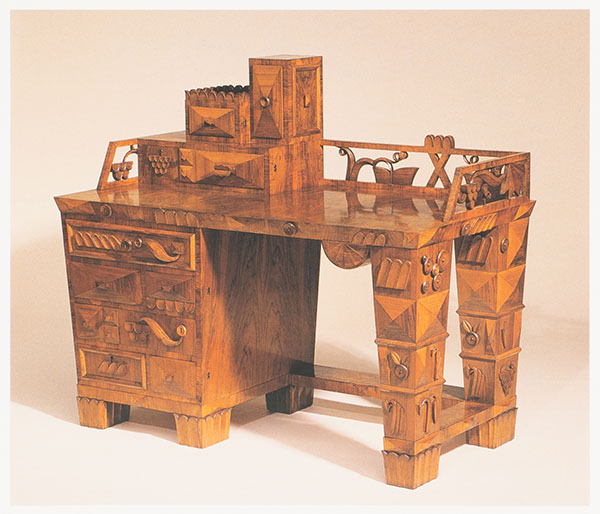
Nuri Bilge Ceylan
A filmmaker I adore, Ceylan is a maestro of viscous cinema. Ceylan’s Once Upon a Time in Anatolia, is a film I’ve watched at least 5 times. It captures the spirit of diversity in human temperament. It is loosely a murder mystery, but shines a light on relationship issues, the politics of Turkey, and has unusually beautiful nighttime cinematography of cars on winding roads. His other films are also wonderful. Wild Pear Tree, Winter Sleep, and Climates are his other films I’ve re-watched recently, and they all satisfy.
